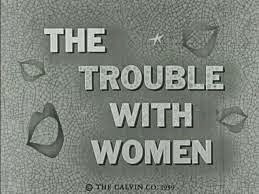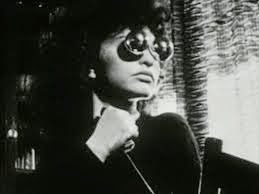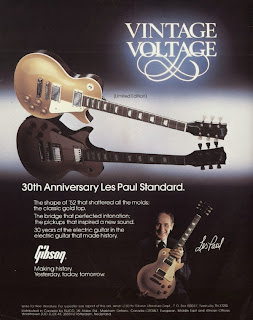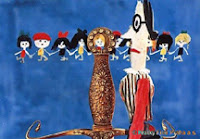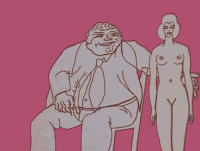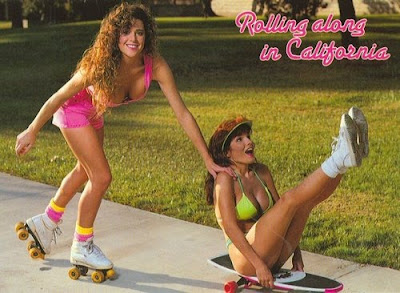 Oddball Films brings you Totally Strange 80's - Sex, Drugs and Roller Skates. This bizarre and over-the-top evening features the oddest shorts of the 1980s, a decade known for its over-indulgence, bright colors, big hair and roller skates...roller skates! Kids get creepy with grandma and her walkie-talkie-controlled robot when their picture book points out their body parts in Bellybuttons Are Navels (1985). Get the first turkey perspective of your Thanksgiving feast in the bizarre and macabre animation I Was A Thanksgiving Turkey (1986). Will "California Raisins" Vinton turns clay into pre-hysteria in the much loved claymation marvel Dinosaur! (1987). Go down the face-melting rabbit hole with a teenage junky in the cartoon nightmare Wasted: A True Story (1983). One lonely bug must make it across the hell of an extremely 80's Venice Beach to make it to a romantic shoreline rendezvous in Why'd the Beetle Cross the Road? (1984). And, of course, we'll all learn to Roller Skate Safely (1981) with our matching neon spandex. Plus, Bill Plympton's surreal fantasy Your Face (1987), our final unscreened Lego Sports Short: Ice Hockey (1986), everybody's favorite wasted feline The Cat Who Drank and Used Too Much (1987), a whole decade's worth of great trailers, commercials and more snippets and surprises, with everything screened on 16mm. So, tease your bangs, grab your skates and roll on down to Oddball!
Oddball Films brings you Totally Strange 80's - Sex, Drugs and Roller Skates. This bizarre and over-the-top evening features the oddest shorts of the 1980s, a decade known for its over-indulgence, bright colors, big hair and roller skates...roller skates! Kids get creepy with grandma and her walkie-talkie-controlled robot when their picture book points out their body parts in Bellybuttons Are Navels (1985). Get the first turkey perspective of your Thanksgiving feast in the bizarre and macabre animation I Was A Thanksgiving Turkey (1986). Will "California Raisins" Vinton turns clay into pre-hysteria in the much loved claymation marvel Dinosaur! (1987). Go down the face-melting rabbit hole with a teenage junky in the cartoon nightmare Wasted: A True Story (1983). One lonely bug must make it across the hell of an extremely 80's Venice Beach to make it to a romantic shoreline rendezvous in Why'd the Beetle Cross the Road? (1984). And, of course, we'll all learn to Roller Skate Safely (1981) with our matching neon spandex. Plus, Bill Plympton's surreal fantasy Your Face (1987), our final unscreened Lego Sports Short: Ice Hockey (1986), everybody's favorite wasted feline The Cat Who Drank and Used Too Much (1987), a whole decade's worth of great trailers, commercials and more snippets and surprises, with everything screened on 16mm. So, tease your bangs, grab your skates and roll on down to Oddball!Date: Thursday, April 23rd, 2015 at 8:00pm
Venue: Oddball Films, 275 Capp Street San Francisco
Admission: $10.00 Limited Seating RSVP to RSVP@oddballfilm.com or (415) 558-8117
Web: http://oddballfilms.blogspot.comWhy'd The Beetle Cross The Road (Color, 1984)
Like a game of Frogger set on the bikini-clad boardwalk of Venice Beach, we follow one unlucky beetle as he's trampled by sexy teenagers, volleyballs, and bicyclists, all while merely trying to reach the beach. Will he make it, and why did he do it? One girl in High School knows the answer, but we're not telling...
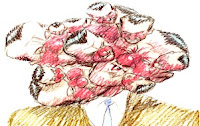 Your Face (1987) This film set the style and started career of famed animator Bill Plympton. One of the most popular short films ever made, it’s still showing all over the world. As a second- rate crooner sings about the beauties of his lover’s face, his own face metamorphosizes into the most surreal shapes and contortions imaginable. The music was written and sung by Maureen McElheron, then slowed to sound like a man’s voice because Plympton was too cheap to hire a male singer. Your Face earned an Academy Award nomination for Best Animated Short in 1988.
Your Face (1987) This film set the style and started career of famed animator Bill Plympton. One of the most popular short films ever made, it’s still showing all over the world. As a second- rate crooner sings about the beauties of his lover’s face, his own face metamorphosizes into the most surreal shapes and contortions imaginable. The music was written and sung by Maureen McElheron, then slowed to sound like a man’s voice because Plympton was too cheap to hire a male singer. Your Face earned an Academy Award nomination for Best Animated Short in 1988.Wasted: A True Story (Color, 1983, excerpt)
A trippy cartoon nightmare depiction of one teen boy's struggle with drugs and alcohol. After he's peer-pressured into stealing and eventually crashing his "old lady's car", he sees into his future in a barrage of melting faces, homeless future-hims and demons that scare the shaggy-haired teen straight.
The Cat Who Drank and Used Too Much (Color, 1987)
Wacky anti-drug film about alcohol and drug using Pat the Cat. He hits the skids before finally reaching out for help. An all-time Oddball Films audience favorite! Narrated by Julie Harris and winner of 24 major awards!
Bellybuttons are Navels (Color, 1985)
A boy and girl are playing in their room when Grandma peeks into the room and talks into a walkie talkie, which activates a toy robot telling the kids to go to bed. A little later, the kids meet grandma on the couch to read a story. They sit on the couch flipping through a picture book and get interactive. It all gets progressively more disturbing as the naked children in the book (who are taking a bath) begin to show each other their various body parts and the proper names.
Jim Schanall’s wildly bizarre animated tale of a turkey’s gruesome fate. All the audio was recorded on Thanksgiving day 1984!
For The Early Birds:
 Home Alone: You're in Charge (Color, 1985)
Home Alone: You're in Charge (Color, 1985)As women flooded out of the home and into the workforce in the late 70s and early 80s, a generation of latch-key kids was left to fend for themselves after school. This film seeks to point out all the potential dangers facing a little girl all alone. Luckily, she's got a talking phone to help with the creeps, a talking fire alarm to tell her not to pour water on that electrical fire, and a talking off brand band-aid box (Bando to be exact) to help her through the construction of what we can only hope is a talking first-aid kit. If it weren't for all these chatty inanimate objects, this little girl would have been dead long ago... Directed by William Crain; possibly the William Crain that directed Blacula and Dr. Black and Mr. Hyde, but we'll never know for sure.
About Oddball Films
Oddball Films is the screening component of Oddball Film+Video, a stock footage company providing offbeat and unusual film footage for feature films like Milk, documentaries like The Summer of Love, television programs like Mythbusters, clips for Boing Boing and web projects around the world.
Our films are almost exclusively drawn from our collection of over 50,000 16mm prints of animation, commercials, educational films, feature films, movie trailers, medical, industrial military, news out-takes and every genre in between. We’re actively working to present rarely screened genres of cinema as well as avant-garde and ethno-cultural documentaries, which expand the boundaries of cinema. Oddball Films is the largest film archive in Northern California and one of the most unusual private collections in the US. We invite you to join us in our weekly offerings of offbeat cinema.
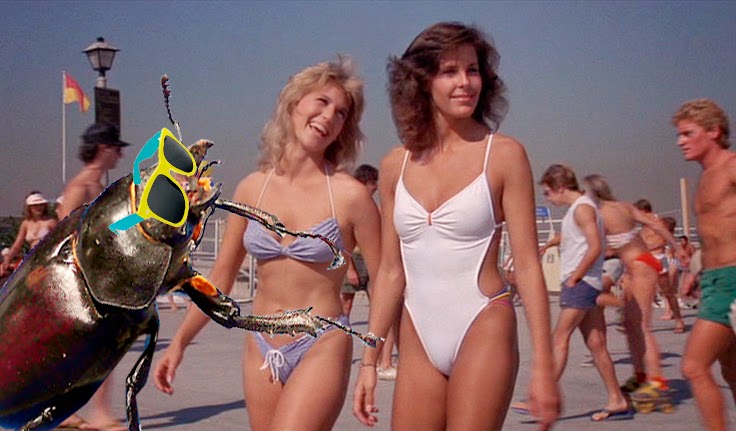














.jpeg)
.jpeg)








